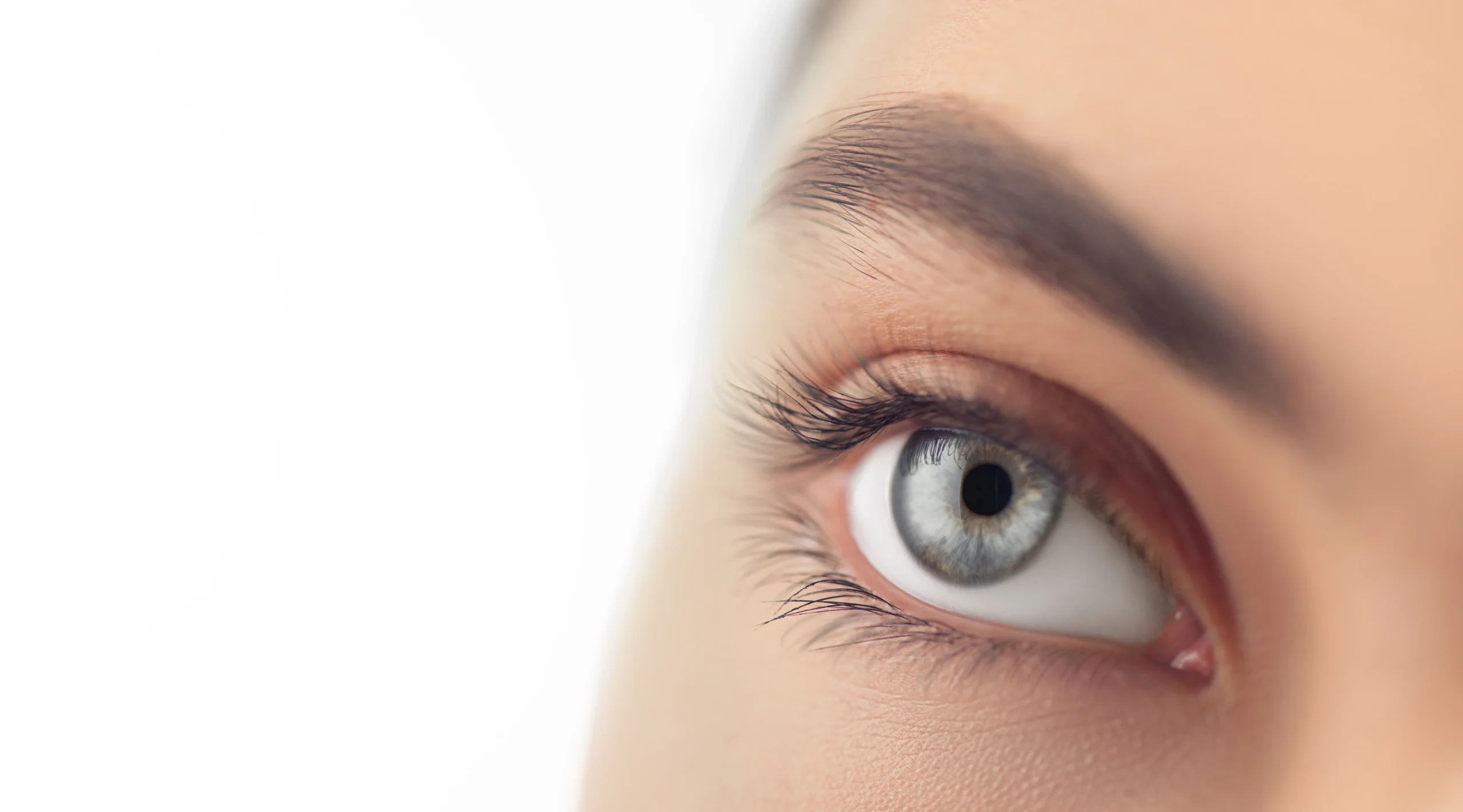You’re probably familiar with, or have at least heard of, LASIK refractive surgery. The popular refractive surgery corrects nearsightedness (myopia), farsightedness (hyperopia), and astigmatism by reshaping the cornea, the outer lens of the eye. Physicians and patients enjoy the procedure for its brief recovery time and almost instant results.
While LASIK is a popular option, its predecessor, photorefractive keratectomy, or PRK, is still a widely used form of refractive surgery. For some patients, PRK is recommended as a safer or better alternative to LASIK.
So, why is LASIK a good option for some patients while PRK is better for others? How are they different? Let’s take a closer look.
What is PRK (Photorefractive Keratectomy) Surgery?
PRK is a refractive eye surgery that like LASIK corrects nearsightedness (myopia), farsightedness (hyperopia), and astigmatism. Both procedures reshape the eye’s cornea using the same laser technology. The reshaped cornea is able to properly focus light onto the retina and provide clear vision.
PRK vs. LASIK
The Procedure
The primary difference between PRK and LASIK has to do with how the surgeon gains access to the corneal lens prior to reshaping it with an excimer laser. In LASIK, a thin flap is made in the outer layer of the cornea and the flap is lifted to expose the inner cornea, the stroma, and replaced once the inner cornea is reshaped. During PRK, the outer surface of the cornea, the epithelium, is carefully removed by the surgeon before reshaping the inner cornea and then the epithelium regrows after surgery. The entire PRK procedure takes 10 to 15 minutes per eye while LASIK takes a little longer.
Recovery Time
Due to the difference in how the corneal stroma is accessed, PRK recovery takes longer than recovery from LASIK. Regrowing the surface of the cornea causes discomfort that can take several days to a few weeks to subside while many LASIK patients have little to no discomfort the day after surgery. Vision is noticeably improved almost immediately after both procedures, although it takes PRK patients a little longer to reach their best vision.
Who Is a Better Candidate for PRK?
Many factors are considered in determining a patient’s eligibility for refractive surgery including age, overall health, existing eye conditions, corneal thickness, prescription level, and physical activity. Those patients who meet the established norms are considered good LASIK candidates. For those who fall outside the norms, such as those with a thin cornea or extreme dry eye, PRK is preferred.
One factor that is often overlooked when choosing between PRK and LASIK, is the patient’s level of physical activity or possibility of future eye trauma. Since the flap created on the corneal surface during LASIK can potentially be dislodged by trauma to the eye even years after the surgery, PRK is better for patients who run the risk of having objects impact or roughly rub their eye. This is the primary reason PRK is DMEI’s recommended option for professional basketball players and other athletes who come to the Institute for refractive surgery. However, amateur athletes, first responders, and even parents of small children may be better candidates for PRK for the same reason.
Is PRK Safer than LASIK?
Both PRK and LASIK are safe, low-risk refractive surgery options. A surgeon will determine which procedure is right for each individual patient.



